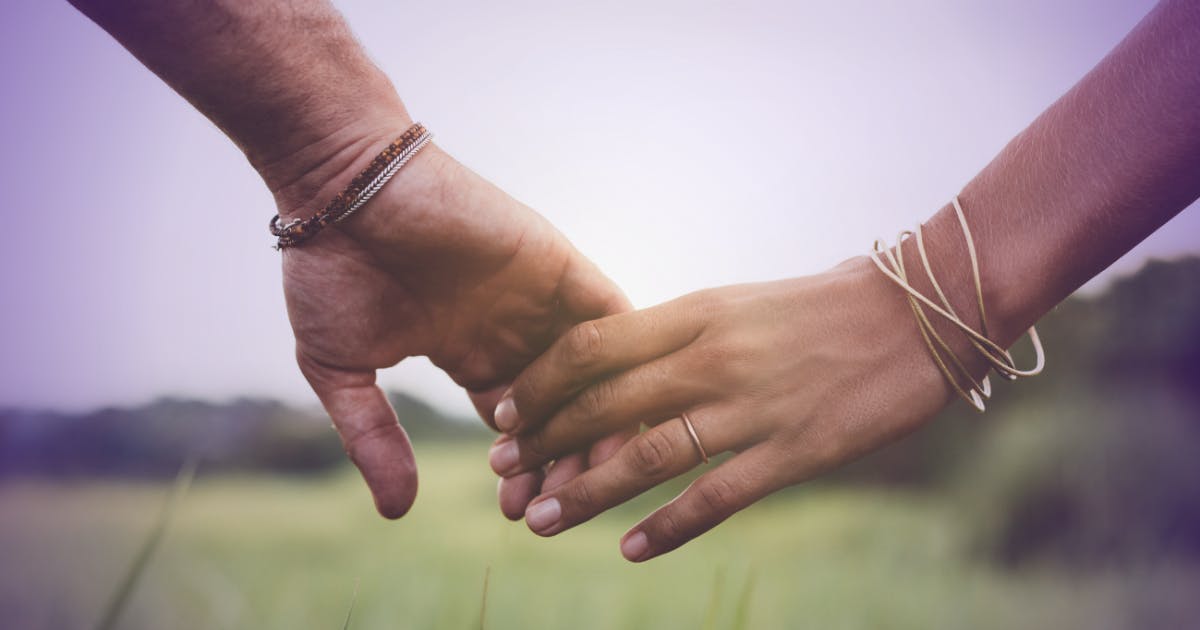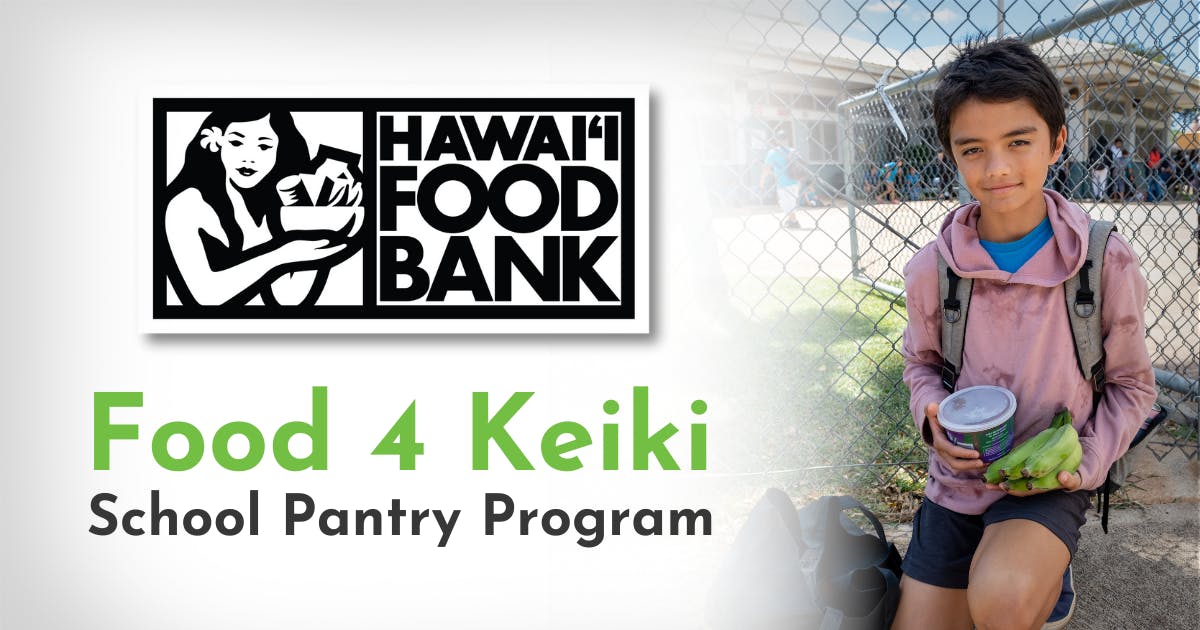
By: Emily Porter
My Goal: To dramatically reduce instances of intimate partner abuse within one generation in Hawaiʻi and beyond.
Why? Every person deserves to live free from abuse, especially by their closest connections with whom they should feel the most safe. Many other evils in society flow from not having this physical and emotional safety.
How? Significant resources in our society are devoted to helping survivors remain safe and escape abusive relationships. As early as 2004, I have served on community boards in Hawaiʻi focused on these critical efforts. This work is sorely needed and must continue.
Despite decades of working with survivors in this fashion, however, the occurrence of intimate partner abuse has not lessened. In fact, during the COVID-19 pandemic, both the incidence and severity of intimate partner abuse rose significantly. Today, some communities in Hawai`i are sounding the alarm about a domestic violence crisis.
What Is Needed?
- Prevention Education: Preventing abuse before it begins would be ideal. Extricating oneself from an abusive relationship is often extraordinarily challenging due to a range of complex factors. Experts in the field agree that it’s critical to devote new resources to prevention.
- Framing as “Healthy Relationships” Education: Prevention efforts will gain broader acceptance if framed as “healthy relationships” education, which accurately describes the focus.
- Early Education: Educating youth, particularly during their teenage years and early adulthood when intimate relationships often form, is essential.
To disseminate this education effectively, my project emphasizes two primary channels: (1) K-12 curriculum and (2) social media.
K-12 Curriculum
For the K-12 curriculum component, I collaborated with the education and community outreach arm of the Sex Abuse Treatment Center (SATC), which has developed comprehensive, age-appropriate education materials on sexual assault and related topics for Hawaiʻi schools. Rather than create a separate curriculum, I shared insights and content suggestions for Healthy Relationships training, which SATC can seamlessly incorporate into its periodic updates to its curriculum across grade levels. Early anecdotal data has shown positive reception and desired learnings.
Social Media
Building on the K-12 initiative, my current focus is social media.
SATC helped me to create a training module on Healthy Relationships to share with social media partners who will need to be educated on the curriculum before they can help with social media dissemination.
Next, I plan to collaborate with the University of Hawaiʻi’s Academy of Creative Media (ACM) under the leadership of Sharla Hanaoka. Through ACM’s Mastering Social Media asynchronous class, talented students and knowledgeable professors can bring the Healthy Relationships curriculum to life by designing comprehensive social media strategies and creating engaging content to promote awareness about healthy relationships. This real-world application provides students with valuable experience while advancing the initiative’s goals.
Thanks to funding from the Hawaiʻi Leadership Forum, I will be able to offer some scholarships to support students’ participation in delivering this important work. Stay tuned as this social media content rolls out over the next year and beyond.
Mahalo: Special thanks to Nanci Kreidman, founder and recently retired executive director of Domestic Violence Action Center; Karen Tan, former executive director of Child and Family Service; Llasmin Chaine, former manager of education and community outreach at SATC; and Cecily Reber Sakai, Psy.D, clinical psychologist with expertise in sexual abuse and trauma (and my sister) for their early guidance, support, and collaboration on this project.
I am also deeply grateful to the Hawaiʻi Leadership Forum and its dedicated staff for their invaluable support. The “light bulb” for this project came on during the curriculum phase of my Omidyar Fellows journey. Their support has encouraged this project to move forward.
If you have comments, suggestions or would like to collaborate, please feel free to reach out to me using the link below.
Amy Miller writes about Hawai‘i Foodbank’s Food 4 Keiki School Pantry program that aims to provide keiki and families facing hunger with dependable, safe, and healthy food.
